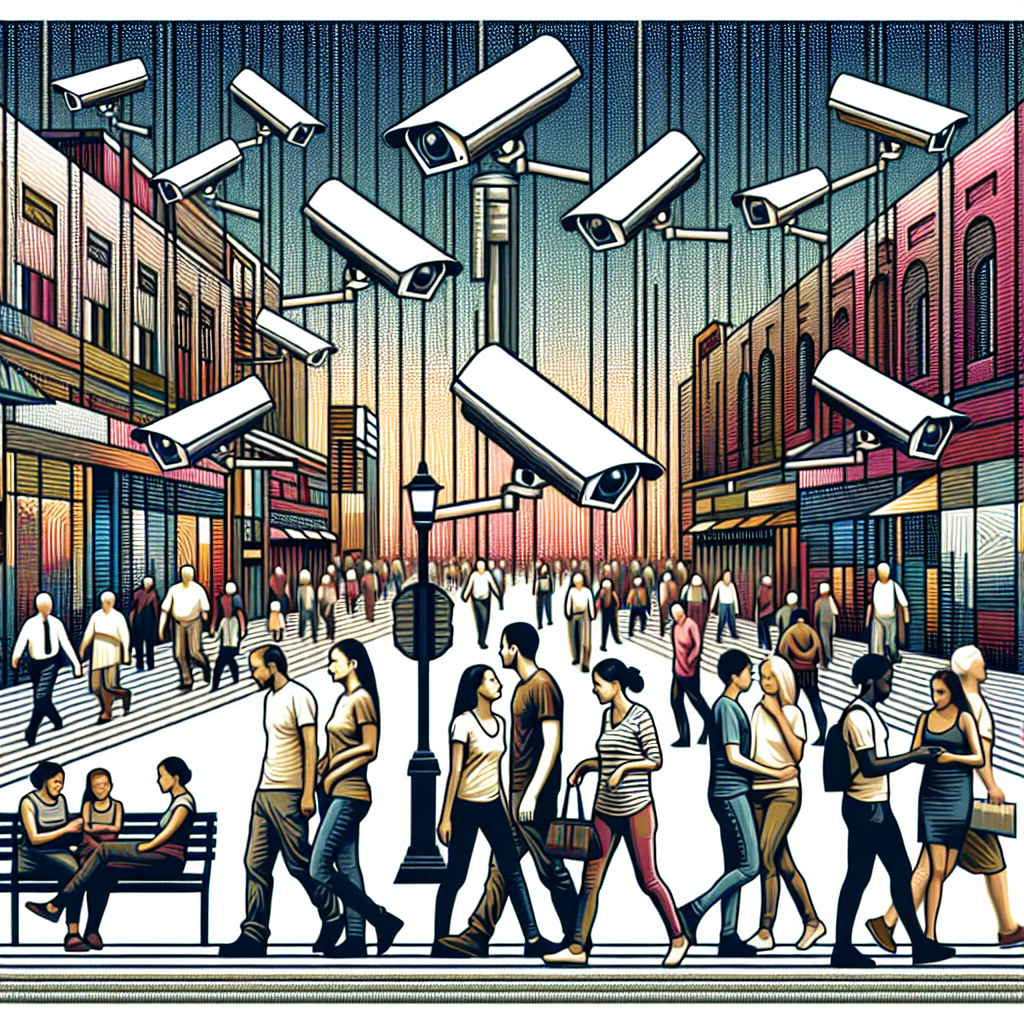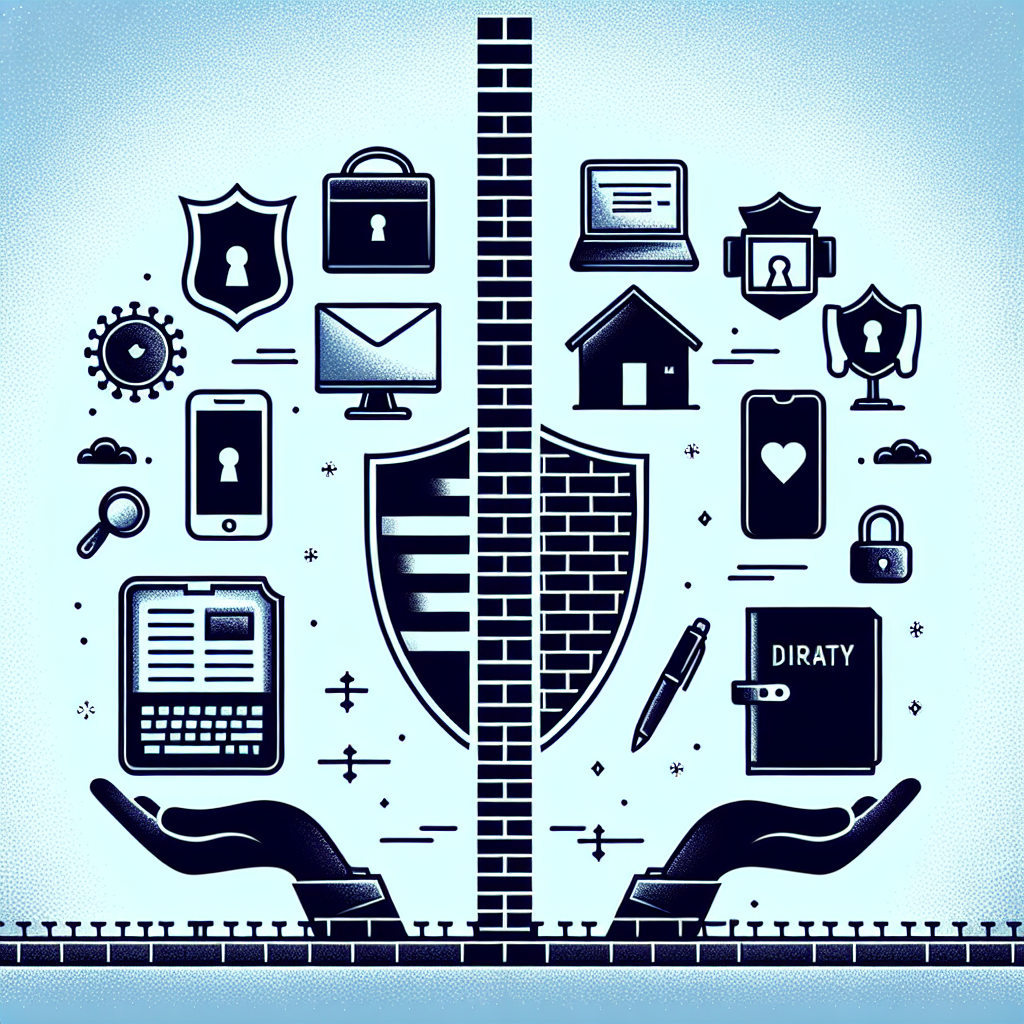Privacy vs. Security: The Government’s Watchful Eye
Understanding Privacy and Security
Privacy encompasses the right of individuals to keep their personal information away from the public eye, while security pertains to the measures taken to protect that information and maintain safety from threats. The relationship between these two concepts is often complex; greater security measures can lead to a perception of compromised privacy. Governments frequently invoke national security as justification for surveillance programs, raising substantial debates about the boundaries of privacy.
The Government’s Role
Governments across the globe implement surveillance programs to combat crime, prevent terrorism, and protect citizens. These initiatives often utilize advanced technology, including data mining, artificial intelligence (AI), and biometrics, to gather information from various sources, including social media, internet browsing histories, and cellular data.
Legal Framework and Regulation
The government’s capacity to monitor individuals is typically governed by laws and regulations designed to balance these interests. In the U.S., the Fourth Amendment protects citizens from unreasonable searches and seizures, but various acts, such as the USA PATRIOT Act and the Foreign Intelligence Surveillance Act (FISA), have empowered law enforcement agencies to conduct surveillance under certain circumstances. Similar laws exist in other democracies, addressing privacy concerns while aiming to protect national and public security.
Global Perspectives
Internationally, countries adopt distinct stances regarding surveillance and privacy. In the European Union, stringent regulations such as the General Data Protection Regulation (GDPR) limit government access to personal data. Contrastingly, nations with more authoritarian regimes often prioritize state security over individual privacy, justifying widespread surveillance practices with limited transparency.
The Technology Behind Surveillance
Technological advancements facilitate extensive monitoring. Governments utilize various tools to extract and analyze data, including:
Data Mining
Data mining techniques are employed to uncover patterns or insights from vast datasets. Governments analyze public records, social media activity, and online behavior patterns to identify potential threats.
Facial Recognition
Facial recognition technology has gained traction in public spaces, from airports to street corners. While this tool can enhance security by identifying criminal activity, it raises concerns about mass surveillance and the potential for error, which may disproportionately affect marginalized communities.
Artificial Intelligence
AI algorithms sift through data to predict behaviors and trends. While this may enhance security, reliance on such technology poses risks regarding bias, transparency, and accountability.
The Balance Between Privacy and Security
Finding equilibrium between privacy and security remains a contentious issue. Advocates for privacy argue that unchecked surveillance breaches civil liberties and damages public trust. On the other hand, proponents of enhanced security measures contend that such policies are necessary for protecting citizens from evolving threats.
Public Opinion and Trust
Surveys reveal that public opinion on government surveillance is divided. Many citizens favor privacy protections over expansive surveillance programs but express willingness to sacrifice some privacy for perceived safety. An educated populace often demands transparency and accountability from their governments regarding surveillance practices.
Surveillance and Chilling Effects
Extensive government surveillance may create chilling effects, deterring free expression and open discourse. The fear of being watched could lead individuals to avoid discussing sensitive subjects or participating in protests, undermining democratic principles.
Case Studies of Surveillance
The Snowden Revelations
In 2013, Edward Snowden leaked classified information about the National Security Agency’s (NSA) extensive surveillance programs, revealing the extent of data collection on U.S. citizens and individuals worldwide. His disclosures ignited a global debate on privacy and security, prompting calls for legislative reforms and accountability within intelligence agencies.
The UK’s Investigatory Powers Act
The Investigatory Powers Act, often referred to as the “Snooper’s Charter,” was passed in the United Kingdom in 2016. This legislation expanded government surveillance capabilities, allowing authorities to collect and store data on citizens’ communications and internet use. Critics argued that it infringed upon privacy rights without adequate checks and balances.
China’s Social Credit System
China’s social credit system represents an extreme case where the government monitors citizens’ behaviors, both online and offline. This system incentivizes compliance with state values while punishing undesirable actions by restricting access to essential services. While proponents argue it fosters a trustworthy society, opponents view it as a significant breach of personal privacy.
The Future Landscape
As technology progresses, the landscape of privacy and security will continue to evolve. Innovations such as quantum computing and enhanced encryption methods present new challenges and opportunities for both privacy advocates and security agencies.
Legislative Developments
Countries may enact more stringent regulations addressing digital privacy as public awareness grows regarding government surveillance practices. Policymakers must navigate the fine line between enabling security measures and upholding citizens’ rights to privacy.
The Role of Civil Society
Civil society organizations play a crucial role in advocating for privacy rights and holding governments accountable for surveillance activities. Activism, public awareness campaigns, and legal challenges can impact legislation and influence public opinion, pushing for a future where both privacy and security are respected.
Conclusion
Engaging with the complex relationship between privacy and security requires ongoing analysis and discourse. As technology evolves, so too must the frameworks that govern surveillance and personal freedoms. Seeking a balance that protects citizens while ensuring their rights can lead to a safer, more trustworthy society. Understanding this dynamic remains crucial to navigating future challenges and ensuring that surveillance doesn’t erode the very freedoms it aims to defend.













Leave a Reply